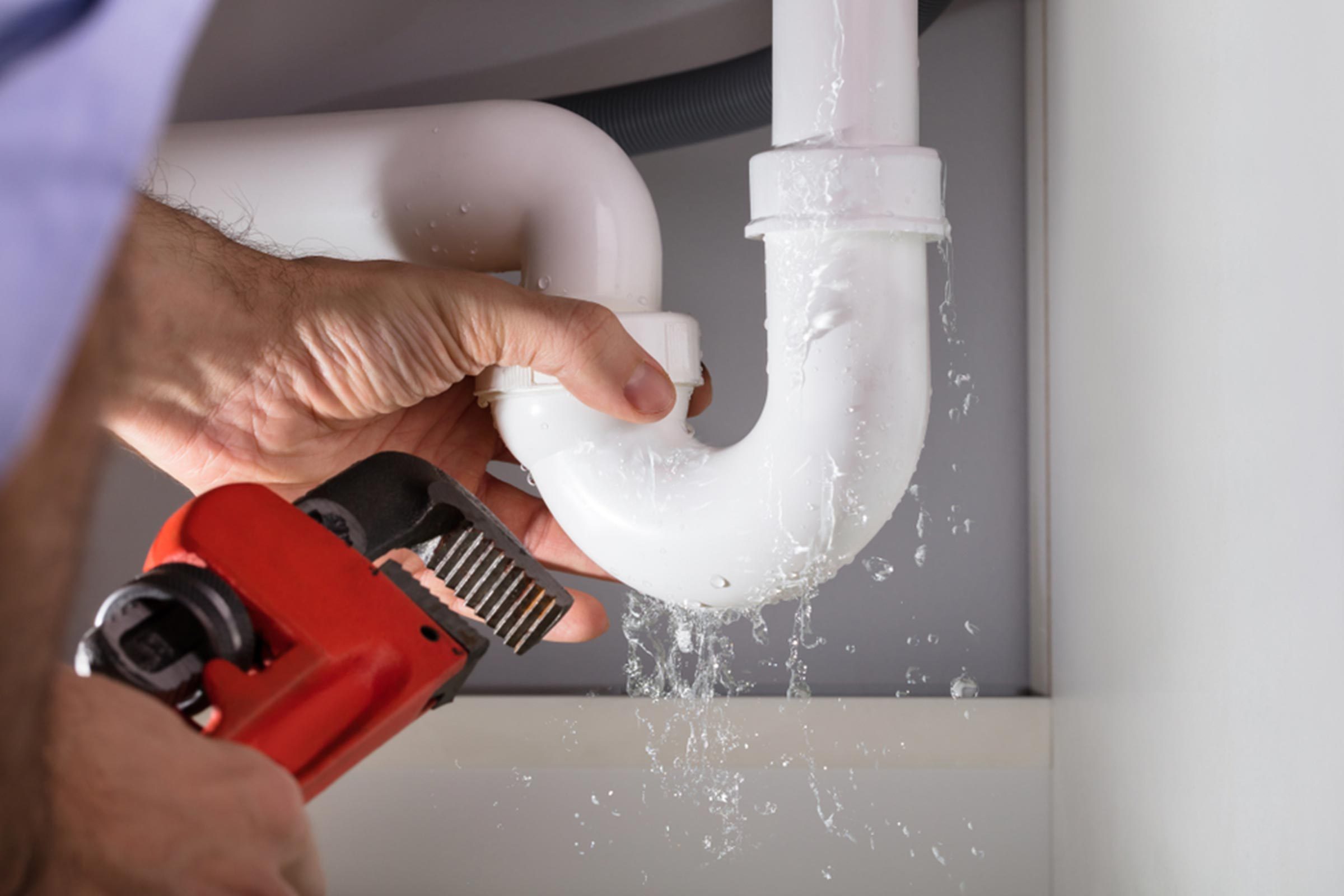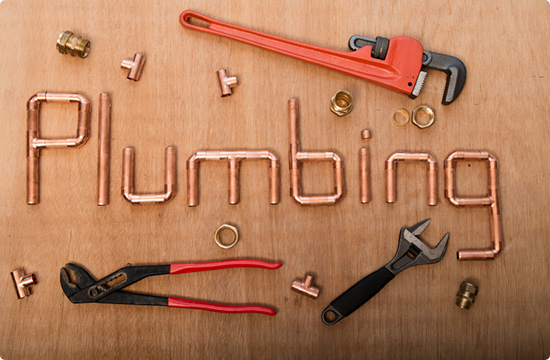Unlocking Solutions: Common Appliance Problems That Plumbers Can Fix
Unlocking Solutions: Common Appliance Problems That Plumbers Can Fix
Blog Article
Right here below you can get a good deal of sound insights all about Why is My Home Making Strange Plumbing Noises.

To diagnose noisy plumbing, it is very important to figure out initial whether the unwanted audios occur on the system's inlet side-in various other words, when water is transformed on-or on the drain side. Noises on the inlet side have actually varied reasons: too much water pressure, used shutoff and tap components, poorly connected pumps or other devices, incorrectly put pipeline fasteners, as well as plumbing runs including way too many tight bends or various other constraints. Noises on the drainpipe side usually come from poor place or, similar to some inlet side noise, a design containing tight bends.
Hissing
Hissing sound that occurs when a tap is opened a little typically signals extreme water stress. Consult your regional public utility if you suspect this issue; it will certainly be able to tell you the water stress in your area as well as can mount a pressurereducing valve on the incoming water system pipe if required.
Various Other Inlet Side Noises
Squeaking, squeaking, scraping, breaking, as well as touching usually are triggered by the development or tightening of pipes, typically copper ones providing warm water. The sounds happen as the pipelines slide versus loosened fasteners or strike nearby home framework. You can often pinpoint the place of the issue if the pipelines are exposed; just comply with the noise when the pipelines are making sounds. More than likely you will discover a loose pipeline wall mount or a location where pipes exist so near flooring joists or various other framing pieces that they clatter against them. Attaching foam pipeline insulation around the pipelines at the point of call should treat the trouble. Make certain bands and also wall mounts are safe and secure and also provide sufficient support. Where possible, pipe fasteners must be connected to large architectural components such as structure wall surfaces as opposed to to mounting; doing so decreases the transmission of resonances from plumbing to surface areas that can intensify and also move them. If affixing bolts to framework is inescapable, cover pipelines with insulation or various other durable product where they call fasteners, as well as sandwich the ends of new fasteners between rubber washers when mounting them.
Dealing with plumbing runs that experience flow-restricting limited or many bends is a last hope that ought to be carried out only after speaking with an experienced plumbing contractor. However, this scenario is relatively typical in older houses that may not have actually been constructed with interior plumbing or that have seen several remodels, specifically by beginners.
Babbling or Shrieking
Intense chattering or shrilling that takes place when a valve or faucet is turned on, which normally disappears when the fitting is opened totally, signals loosened or defective internal components. The service is to replace the shutoff or tap with a new one.
Pumps and also devices such as washing machines and also dishwashing machines can transfer electric motor sound to pipes if they are improperly attached. Link such items to plumbing with plastic or rubber hoses-never stiff pipe-to isolate them.
Drainpipe Noise
On the drain side of plumbing, the principal objectives are to eliminate surface areas that can be struck by dropping or rushing water and also to insulate pipelines to consist of unavoidable audios.
In brand-new construction, bath tubs, shower stalls, bathrooms, and wallmounted sinks and also basins need to be set on or versus resilient underlayments to minimize the transmission of sound via them. Water-saving bathrooms and taps are less loud than conventional designs; mount them instead of older kinds even if codes in your area still permit making use of older fixtures.
Drainpipes that do not run up and down to the basement or that branch right into straight pipe runs sustained at floor joists or other mounting present especially bothersome sound problems. Such pipes are huge enough to radiate substantial vibration; they likewise lug considerable amounts of water, that makes the situation worse. In brand-new construction, specify cast-iron dirt pipes (the big pipes that drain commodes) if you can afford them. Their enormity contains much of the sound made by water passing through them. Likewise, stay clear of routing drains in wall surfaces shared with bed rooms and also rooms where individuals collect. Walls consisting of drains ought to be soundproofed as was explained previously, using double panels of sound-insulating fiber board and wallboard. Pipes themselves can be covered with unique fiberglass insulation made for the function; such pipelines have an impervious vinyl skin (often consisting of lead). Outcomes are not always satisfying.
Thudding
Thudding sound, usually accompanied by shuddering pipes, when a tap or device valve is switched off is a condition called water hammer. The noise as well as resonance are brought on by the resounding wave of stress in the water, which suddenly has no location to go. Often opening up a shutoff that releases water quickly into a section of piping containing a restriction, elbow, or tee fitting can produce the same condition.
Water hammer can usually be cured by installing fittings called air chambers or shock absorbers in the plumbing to which the problem shutoffs or taps are attached. These gadgets enable the shock wave produced by the halted circulation of water to dissipate airborne they consist of, which (unlike water) is compressible.
Older plumbing systems might have brief upright areas of capped pipeline behind wall surfaces on tap competes the very same objective; these can at some point loaded with water, reducing or destroying their effectiveness. The cure is to drain the water system completely by shutting off the major water shutoff and also opening up all taps. After that open up the primary supply valve as well as close the faucets one at a time, beginning with the tap nearest the shutoff as well as ending with the one farthest away.
WHY IS MY PLUMBING MAKING SO MUCH NOISE?
This noise indeed sounds like someone is banging a hammer against your pipes! It happens when a faucet is opened, allowed to run for a bit, then quickly shut — causing the rushing water to slam against the shut-off valve.
To remedy this, you’ll need to check and refill your air chamber. Air chambers are filled with — you guessed it — air and help absorb the shock of moving water (that comes to a sudden stop). Over time, these chambers can fill with water, making them less effective.
You’ll want to turn off your home’s water supply, then open ALL faucets (from the bathroom sink to outdoor hose bib) to drain your pipes. Then, turn the water back on and hopefully the noise stops! If you’re still hearing the sound, give us a call to examine further.
Whistles
Whistling sounds can be frustrating, as sometimes the source isn’t easily identified. However, if you can pinpoint which faucet or valve that may be the cause, you’ll likely encounter a worn gasket or washer — an easy fix if you replace the worn parts!Whistling sounds from elsewhere can mean a number of things — from high water pressure to mineral deposits. Your best plan of attack here is to give our plumbing experts a call. We’ll be able to determine where the noise is coming from and what the cause may be, then recommend an effective fix!
Cracks or Ticks
Cracking or ticking typically comes from hot water going through cold, copper pipes. This causes the copper to expand resulting in a cracking or ticking sound. Once the pipes stop expanding, the noise should stop as well.
Pro tip: you may want to lower the temperature of your water heater to see if that helps lessen the sound, or wrapping the pipe in insulation can also help muffle the noise.
Bangs
Bangs typically come from water pressure that’s too high. To test for high water pressure, get a pressure gauge and attach it to your faucet. Water pressure should be no higher than 80 psi (pounds per square inch) and also no lower than 40 psi. If you find a number greater than 80 psi, then you’ve found your problem!
Next step is to give us a call in order to install a pressure regulator. Trust us, you don’t want to wait to resolve this issue. Not only is the sound annoying, but high water pressure can be destructive to your home — including damaging certain appliances, like your washer and dishwasher.
Dripping
You might be accustom to the slow quiet drip your kitchen faucet makes. You might have even tuned out your bathroom sink dripping and drabbing all day long — but it’s time to find its cause.
A slow drip could signify a variety of easy to fix issues, such as a worn out O ring, or loose part. And by ignoring the drip, you could be wasting up to 2,000 gallons of water a year! So start conserving water — get it looked at ASAP.
https://www.pwessig.com/blog/2018/december/why-is-my-plumbing-making-so-much-noise-/

As a passionate person who reads about Why Do My Pipes Make Noises, I thought sharing that article post was really helpful. Be sure to take the time to distribute this article if you enjoyed it. I treasure reading our article about Why Your Water Pipes Are Noisy and How To Shut Them Up.
Click Here To Find Out More Report this page